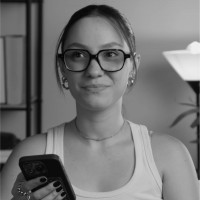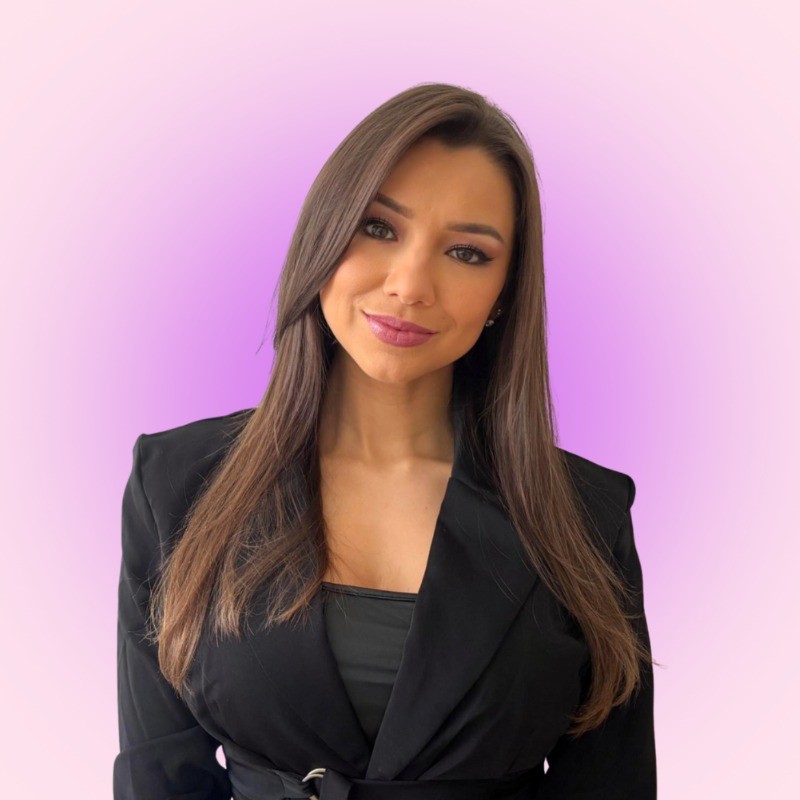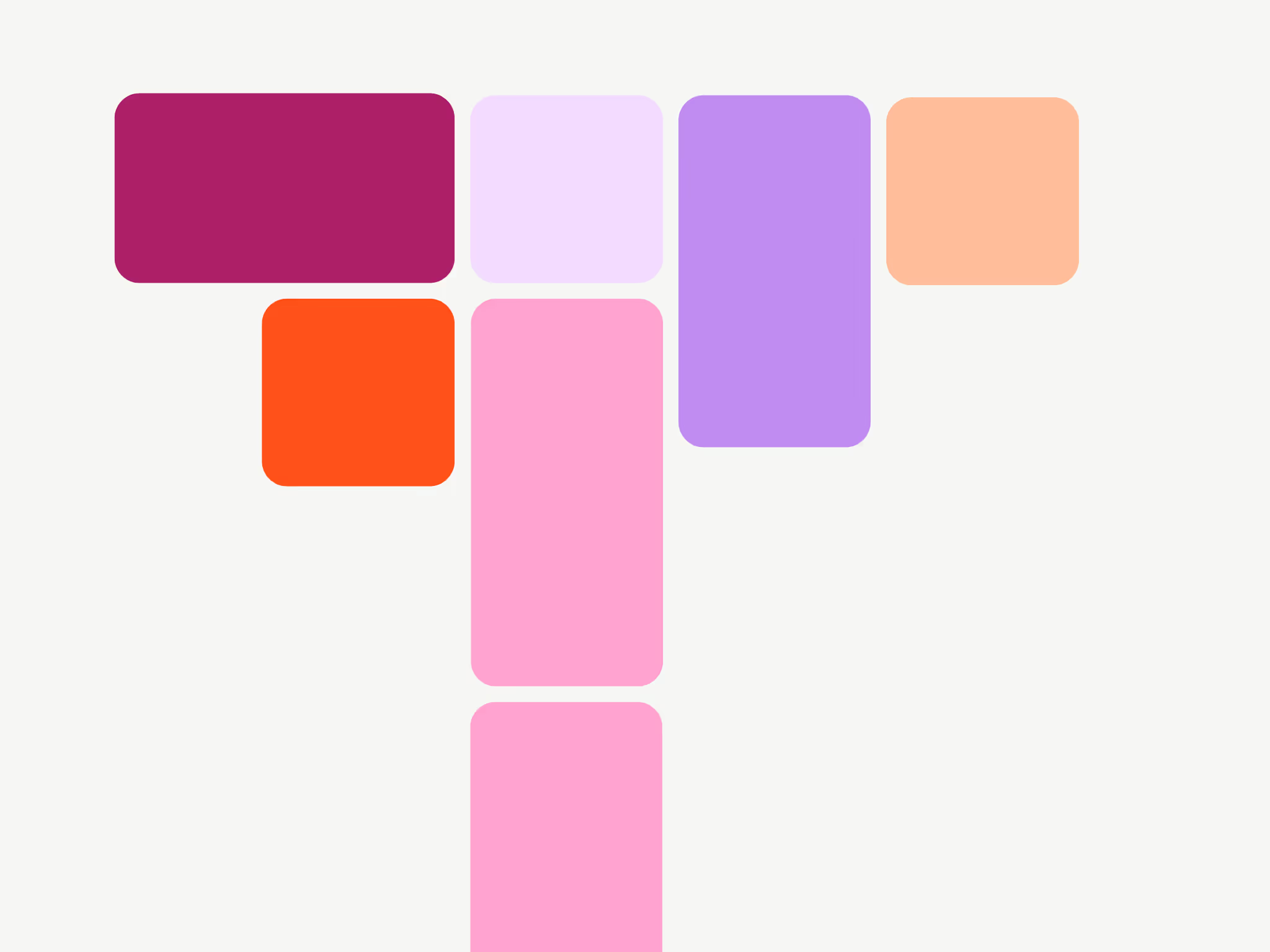Is influencer search really getting harder?
Recently, we published a piece exploring how brands were finding their influencers, and one of the biggest things we found was that marketers were actually pretty strict in what they considered brand fit.
But that's not the whole story – not even close. And we're not going to pretend that brands aren't experiencing challenges around influencer search.
There are real challenges that marketers are coming up against, and I don't think it's a question of whether or not it's getting harder, but rather that the challenges themselves have changed.
I polled 56 marketers on exactly what was causing the headaches around influencer search, and I found that marketers felt:
- They were hitting a wall – market oversaturation, lack of relevant influencers, etc.
- Influencers that were available were way out of budget, or they weren't up to the quality they were looking for
- They weren't given enough budget, tools, or resources to actually find relevant creators
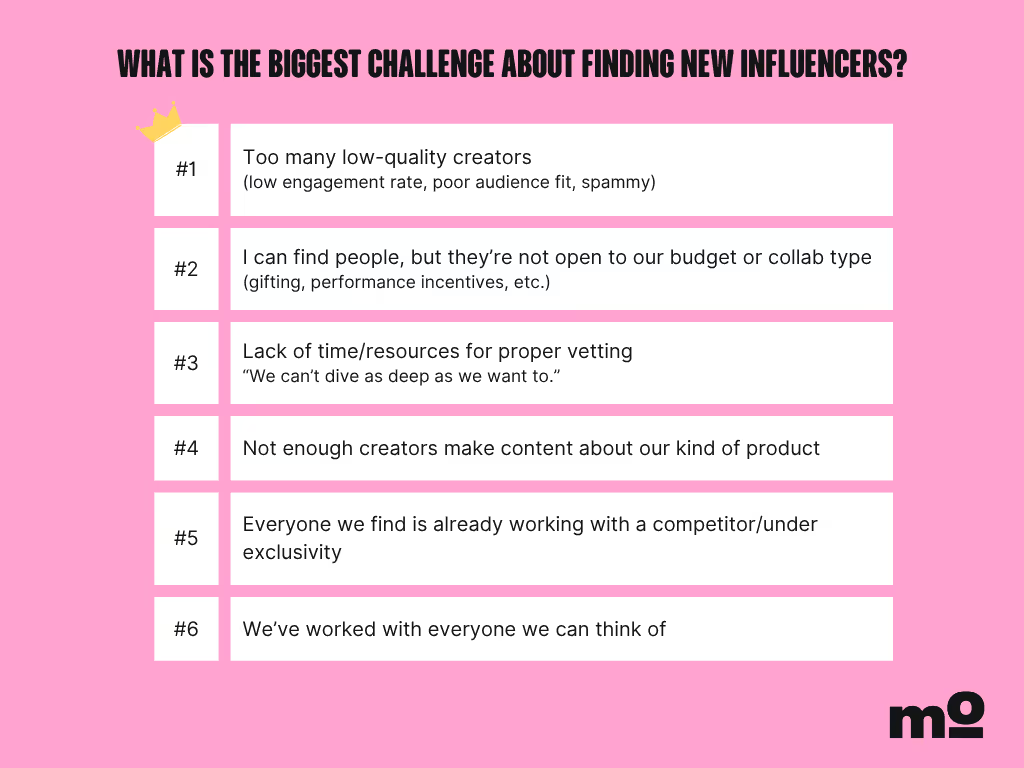
I've summed up these challenges into the 6 most common, and come up with solutions to help you get around your search woes.
1: Low-quality creators
As far as creators go, low-quality could mean two things:
- They have an inflated engagement rate, fake followers, or spammy content.
- They don’t share posts that meet your brand standards.
Inflated metrics and spammy content
Truth time: creators commonly buy followers and engagement to show more positive metrics on their profiles because they are paid at least somewhat on the basis of their audience size and engagement rate.
There’s an easy solution for this: filters on Modash. For example, you can:
- use the Fake Followers filter to find influencers who have a bot following of less than 25%
- use the Last Post filter to find creators who post frequently
- use the Verified feature to only see creators who have the blue tick
A little disclaimer: having fake followers doesn’t necessarily mean a creator bought them. Often, these are bot accounts that start following and interacting with the creator. A small percentage of fake followers isn't a red flag.
Modash gives you additional insight so you can assess whether a creator’s content is low quality:
- A healthy follower growth rate usually indicates that an influencer is reaching more people and growing consistently.
- Use benchmarks to understand whether or not a creator’s engagement rate and fake followers are less than, equal to, or greater than the industry standard.
- View a creator’s likes month over month to check if their content continues to resonate with their audience.
Check it out for yourself: Try Modash at no cost for 14 days.
Content quality doesn’t meet brand standards
To check whether a creator’s posts are up to snuff, there’s no shortcut: you have to manually view each influencer’s profile. Alice Arruda expresses what this problem looks like in action:
That said, it might be worth checking if your brand standards are too stringent or if you can be a little more flexible. I say this because an overwhelming majority of marketers in our survey felt they missed out on interesting collaborations because an influencer didn’t meet their criteria.

Maybe a creator’s content seems too casual – which you call “poor quality” – but it might be exactly what a potential customer perceives as authentic.
And get this: 73% of marketers in our survey said they’ve worked with a creator who exceeded expectations despite being a mismatch on paper.

Alice herself experienced this firsthand:
If you’re holding back on partnering with a creator solely because you think their content isn’t up to standards, but you can see other green flags – like an engaged community – it’s worth taking the leap. It might be uncomfortable to partner with a creator who isn’t a perfect fit (and it might be challenging to convince stakeholders), but the results might be 100% worth it.
2: Influencers are out of budget
Our survey found that influencers are less open to bartering than they once were and are expecting higher and higher compensation. Cheyanne Pettyjohn explains:
There are four possible solutions to this problem:
- Send influencers gifts with no strings attached. Instead of proposing a barter deal, gift influencers your product with no obligations. If they like your product, they might post about you at no cost. If they don’t, they can provide valuable feedback! Gifting can also get your foot in the door for future collaborations. If you’re looking for some inspiration, check out these influencer gifting examples.
- Negotiate a hybrid deal. Don’t remove a flat fee from your pay structure entirely – influencers need that to maintain stability in their business. Instead, propose a hybrid deal with a lower flat fee and a higher percentage of performance-based incentives (such as 10% of every sale they bring in). This way, influencers receive a flat fee and have the opportunity to earn more by selling your products. Read our complete guide to negotiating with influencers.
- Track your brand awareness impact. There are various ways to measure the ROI of brand awareness campaigns – like website visits, engagement, shares, and reach. Use these metrics to demonstrate the value of your campaigns to stakeholders. A solid influencer marketing report can go a long way in stretching your budget.
- Find storyfit influencers (outside your immediate niche). When influencers are out of budget, it’s usually because they’re extremely popular in their niche. For example, if you’re a skincare brand partnering exclusively with skincare influencers, they will be in high demand from competing brands. However, a travel creator looking for skincare products that they can carry around worldwide might make for a fresh take and be within budget. Venture outside your niche to find creators who have storyfit, even if they don’t have a direct product fit.
Among all these solutions, searching for storyfit influencers might be the best way to find new faces and use your budget wisely. The best part? It’ll also solve the problem that Miroslava Petkova describes:
True, it’s hard to get unique influencer content when you’re partnering with creators in the same niche over and over again. Creators in adjacent niches often have an authentic and new perspective on your products.
How do you find these storyfit influencers?
- Tap into category entry points (CEPs): moments when your product is relevant and timely – even if the creator is miles away from your industry. For example, a moving company collaborating with a wellness influencer who is planning to move to a new house.
- Find creators who inspire your target audience: that is, influencers whom your potential customers look up to. They might not be in your niche, but they represent your audience’s aspirational lifestyle, goals, and values. For example, an environmentally friendly fashion company partnering with an influencer who makes content about everyday sustainability.
- Search for influencers who have unique content formats: creators who are just ✨ memorable ✨ because of their style – whether that’s humor, character, energy, or something else.
.avif)
Here’s my favorite example of a storyfit collaboration that uses the unique content format type: the partnership between airup (a water bottle) and filmmaker Bibi-Jane Angelica. On the surface, a water bottle brand and a filmmaker have no business collaborating. But when they do? The post they build is creative and unlike any other partnership airup has done. And it’s not just me – see the comments for yourself:

3: Lack of time/resources for proper vetting
No doubt about it: shortlisting influencer profiles and evaluating the content of each is time-consuming. Athira Aravind knows how hard it is:
It’s worth noting that 50% of marketers in our survey stated their process for finding influencers, while effective, could still be improved.
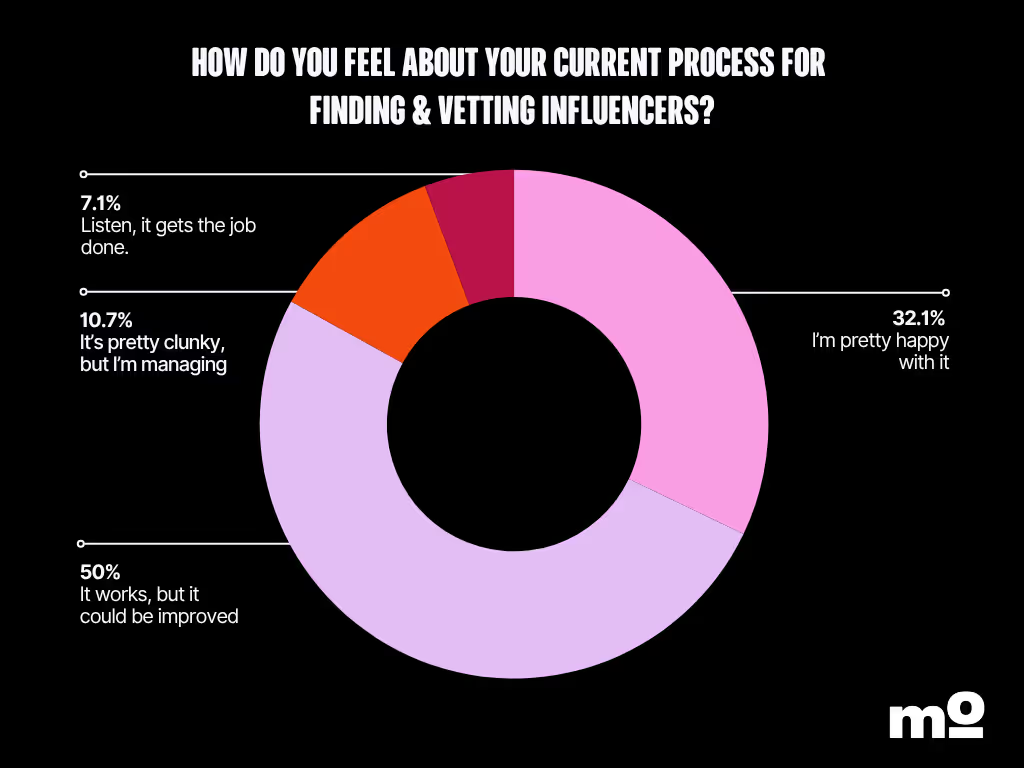
Usually, all you need to improve your processes are systems, whether in your workflows, tools, or automation.
One of the easiest ways to reduce the time spent vetting influencer profiles is to use an influencer analysis software like Modash. You can apply various filters and get a list of creators who meet your criteria 100% – saving you hours! Instead of going back and forth with creators about their audience demographics and paid post performance, you spend that time negotiating and kickstarting the collaboration.
In Modash, you can even save your most-used filters so you don’t have to select them each time you want to search for the same kind of creators.
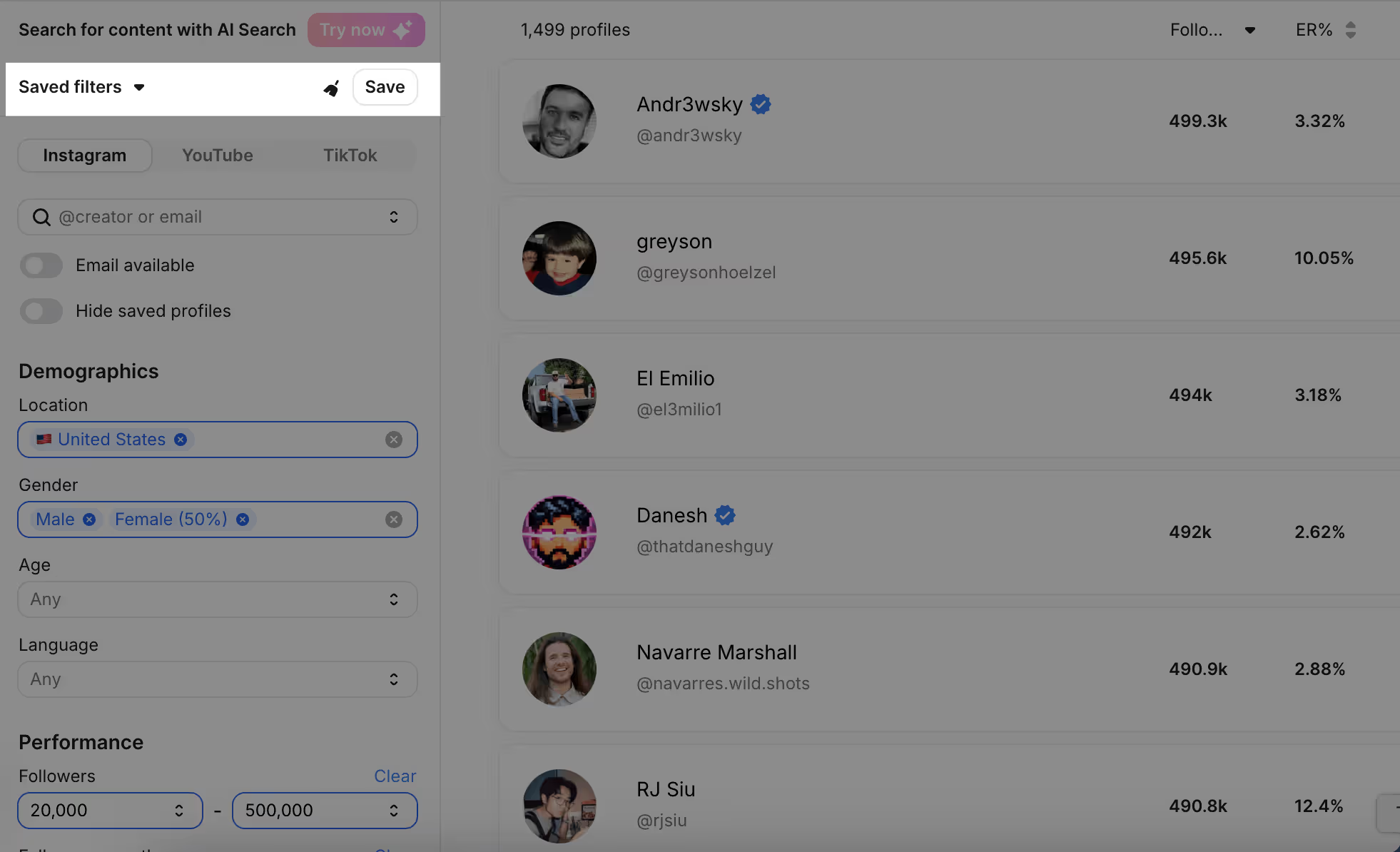
You can even use Modash’s AI search to describe the kind of content you’re looking for – and find creators who make exactly those kinds of posts. For example, I searched for “person discussing glass skin” and layered in filters like follower count, location, and engagement to find 99 influencers who matched all of those criteria.
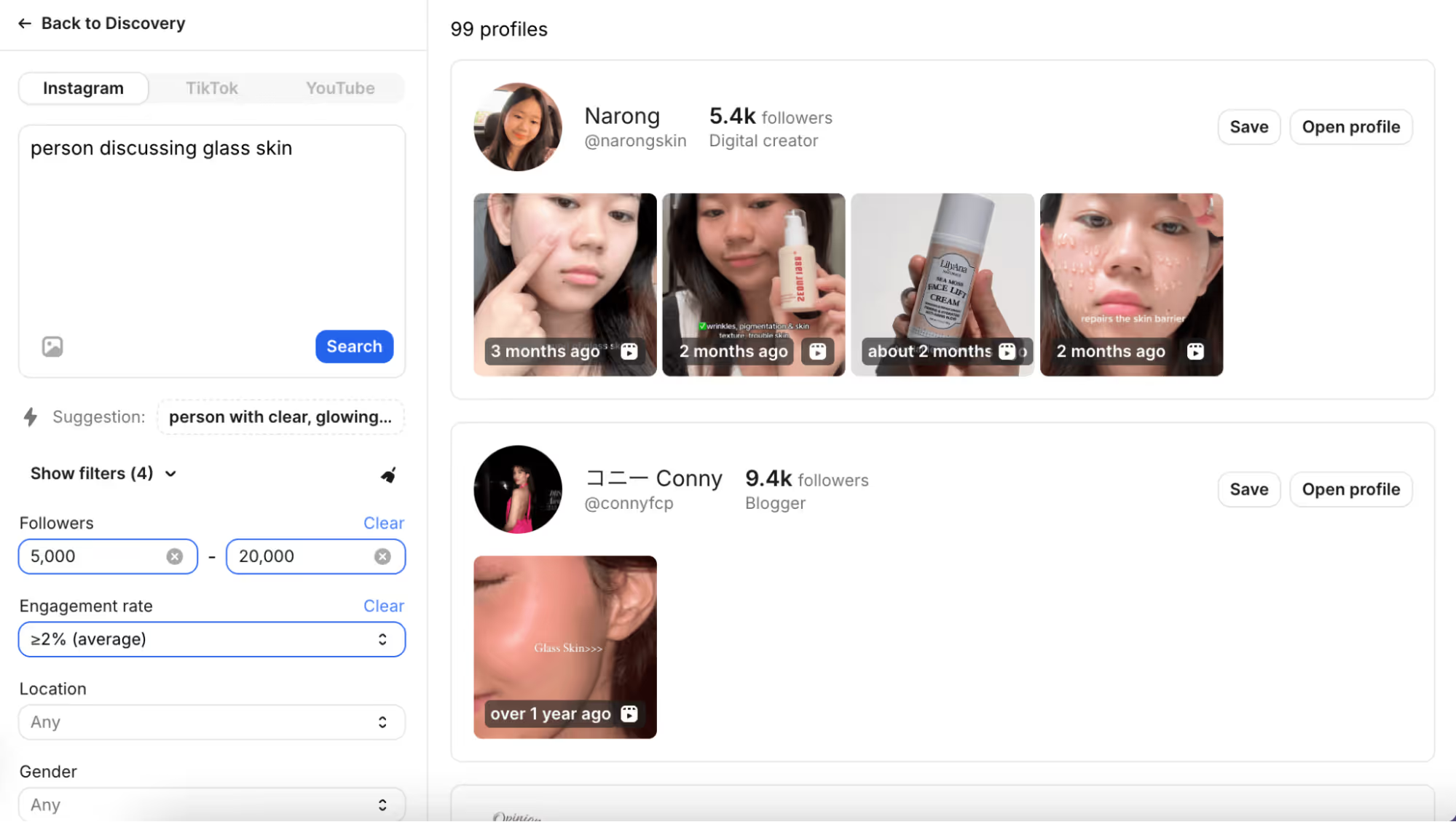
If you can afford to, it might also be worth hiring an agency or a freelancer to help you speed up the influencer vetting process.
Remember: The goal is not to eliminate or rush the influencer evaluation process; it’s to make the best use of your time. The hours you spend examining profiles help you find the right creators and build a solid foundation for successful collaborations.
4: Not enough content-relevant creators
If you’re in a niche category, it might be hard to find creators who talk exclusively about your industry. Leslie Belen shares an example:
At Modash, we use the term “lamp influencers” to describe this concept. For example, if you’re in the lamp business, you need creators who specifically talk about, review, and recommend lamps… but influencers that niche are rare.
The solutions to this challenge are those we’ve already discussed:
- Use Modash’s AI search to find creators talking about your very niche niche.
- Find storyfit influencers.
Additionally, consider that your definition of the ideal creator might be too restrictive, holding you back from serendipitous collaborations. For example, Athira found that creators outside her ideal demographics gave the best ROI in one of her campaigns:
Here’s another example from Nacho Selma, who saw great results after taking a chance on an influencer younger than the kind his company typically works with:
In our survey, a majority of marketers said they’re open to experimenting with unconventional creators:
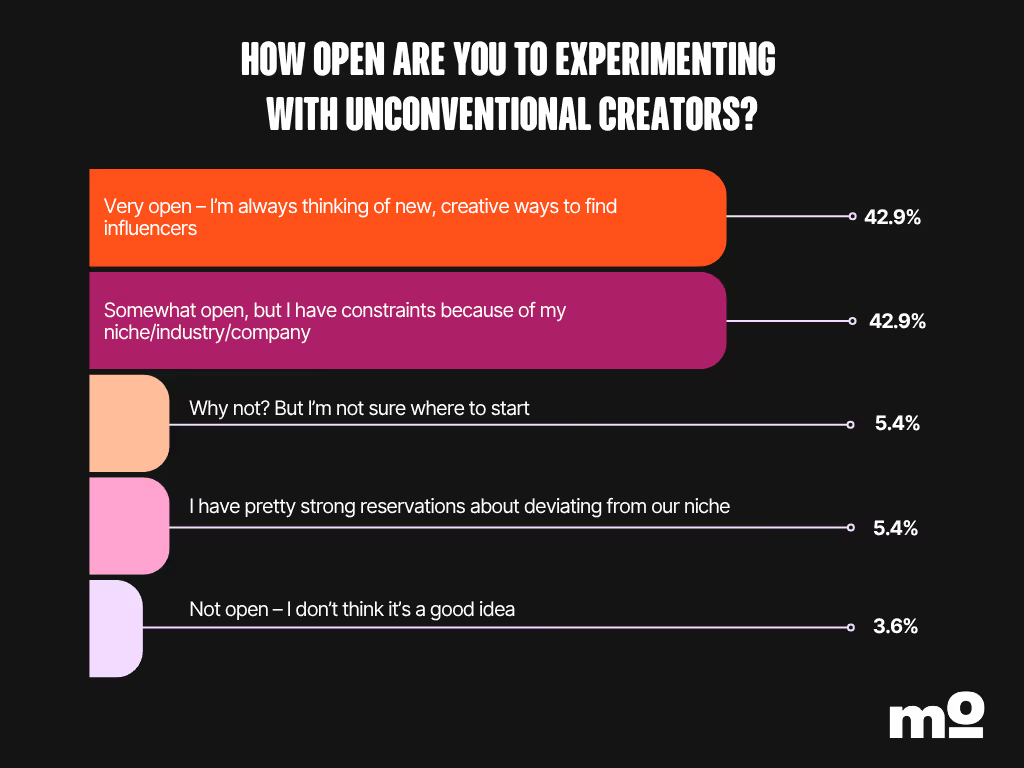
And yet, just over 48% of marketers test new creators only when the budget permits. The ideal approach is to set aside a chunk of your budget to experiment with new kinds of influencers, the ones who veer a little outside the lines you’ve set. Influencer marketing is a creative industry – you’ve got to stretch the edges to find the gold.
Here’s an example of an unconventional collaboration between writer Baron Ryan and Yahoo that made me actually consider getting a Yahoo email account.
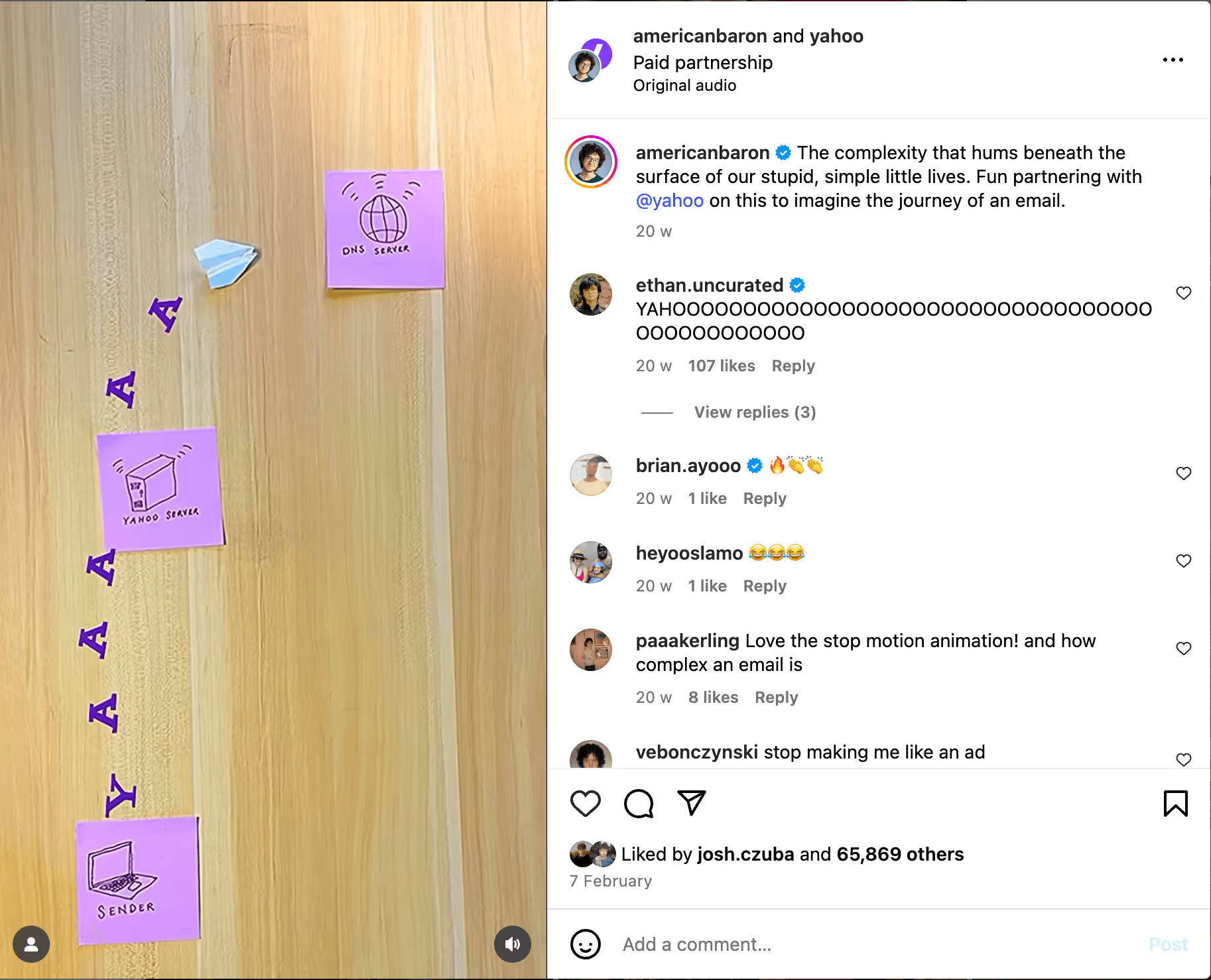
5: Influencers are under exclusivity/working with competitors
This is the opposite of the problem we discussed above: if you’re promoting a product in an influencer-favorite industry – such as skincare, fashion, or travel – you might have trouble finding creators who aren’t already snatched up by your competitors.
The solution? I hate to sound like a broken record, but its (drumroll 🥁) storyfit influencers. Fiorella Picado says focusing solely on what your ideal creator looks like can hold you back:
Take this example of a skincare brand, Esmi, collaborating with a mom influencer, Winona.
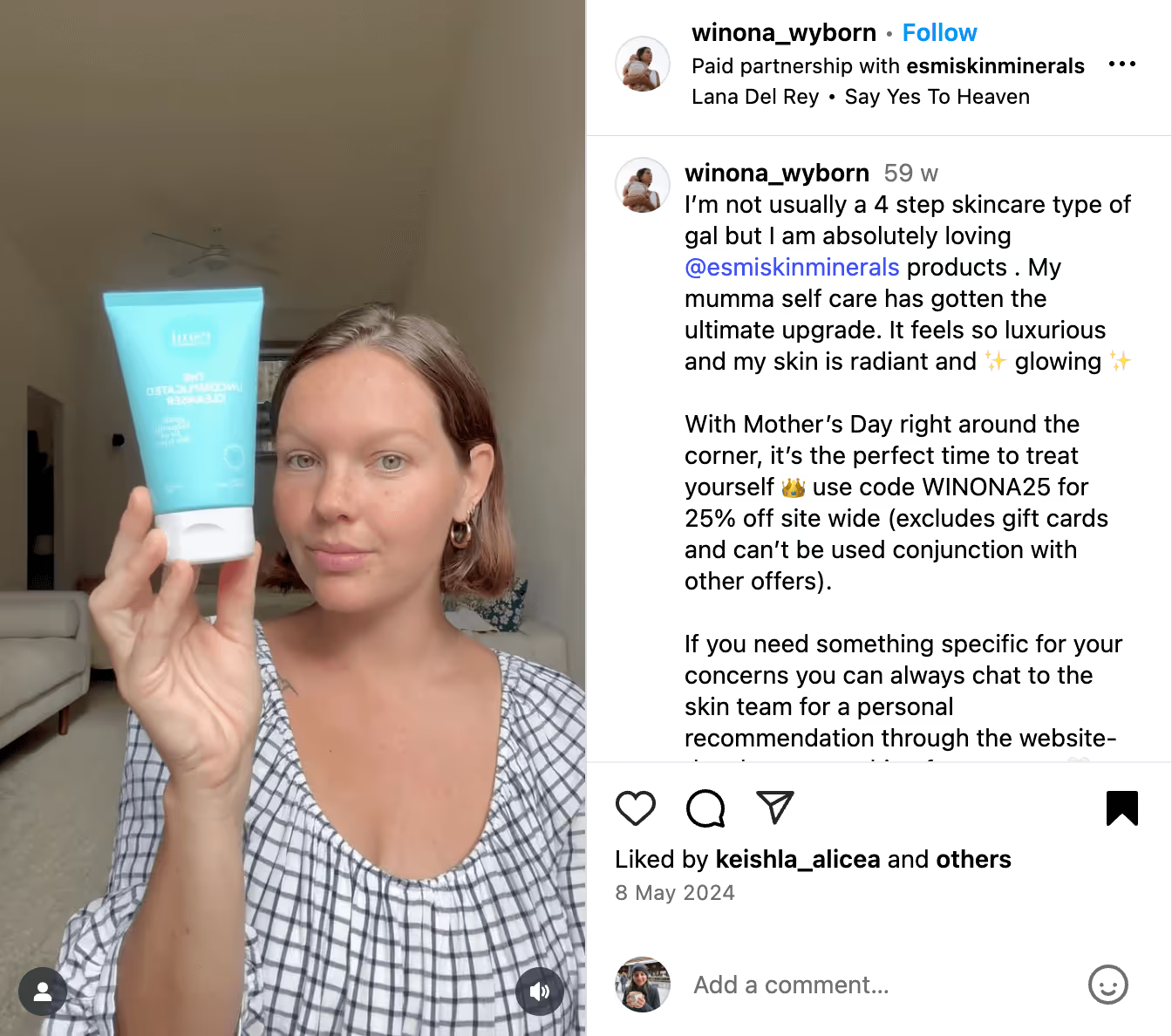
Instead of partnering with skincare creators who already have a ton of competing skincare products on their page, Esmi partnered with a mom who not only had a fresh angle but also a unique and personal story.
Abdullah had a similar experience, surpassing expectations when partnering with a creator outside his usual niche:
Ask not “Who’d be the perfect influencer for my brand?” but rather “Who can tell a better story about our products?”
6: Exhausted the influencer pool – Oversaturation
Over 51% of marketers in our survey said they often feel like they’ve run out of relevant creators to work with.
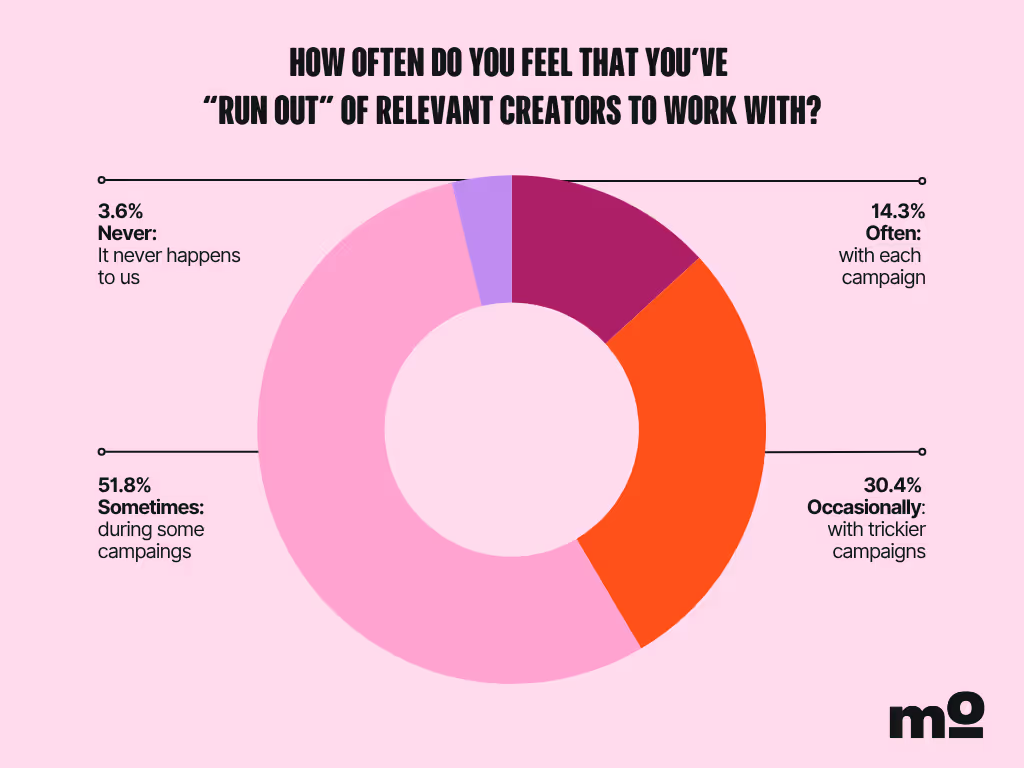
Objectively, many niche categories don’t have a large number of influencers. And even in popular industries, the best influencers are already working with competitors (sometimes with exclusivity) or are too costly.
But sometimes, your influencer search criteria might be too strict – you may be searching for a unicorn influencer that matches all your non-negotiables, nice-to-haves, and the dream wishlist. Valerija Somi says it best:
Take the case of Matheus Ribeiro. He was looking for influencers for a crypto company, and about after 300 collaborations, his challenge was finding new niche influencers:
He got flexible with his other criteria – except basic audience demographics – and found that he could expand his influencer pool:
But how do you even spark creative ideas for storyfit influencers? Fernanda Marques recommends stepping into your audience’s shoes:
When you empathize with your audience research, you’ll find it easy to think of new categories, understand who your customers identify with, and know which fresh formats will resonate with them.
Influencer search has evolved. Have you?
The creator economy is maturing, influencer saturation is real, and many top creators are either out of budget or already locked in with your competitors. But that doesn’t mean the pool is dry – it just means your discovery strategy needs to evolve.
- Instead of finding influencers who are directly connected to your industry, think broader and discover storyfit influencers. This will allow you to create more authentic influencer content that doesn’t get drowned and forgotten in a sea of sameness.
- You don’t need to sacrifice what “brand fit” looks like for you, but you do need to reassess it every so often. Don’t get restrictive about quality.
There are no shortcuts to great influencer partnerships, but you can take the smarter way there using Modash. Whether you’re looking to explore new niches, filter for audience quality, or simply stop wasting hours chasing media kits, Modash can help.
With filters that actually matter and a database that doesn’t run dry, you can spend less time searching and more time building relationships that move the needle.
Take Modash for a spin for 14 days – no strings (or credit card details) attached.

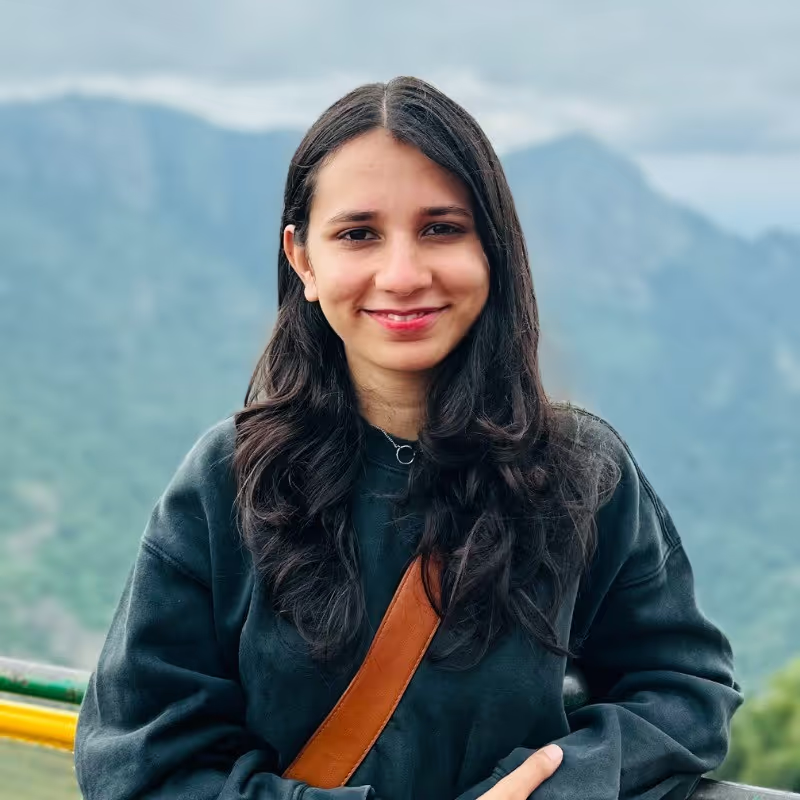
.avif)
